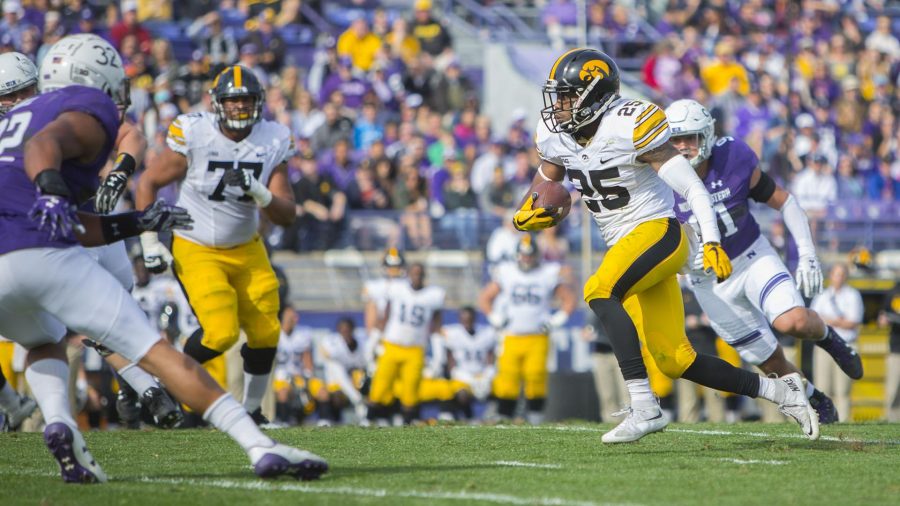If you’re anything like me or most of Twitter, you’re probably wondering what in the world has happened to the Iowa offense.
In the 497 yards the Hawkeyes put up in Ames followed by the 435-yard performance against North Texas, Iowa’s offense looked as if it would be a force to be reckoned with for the rest of the season.
That hasn’t been the case.
Iowa put up 48 more rushing yards in the game against North Texas alone than it did in its three losses combined.
Iowa’s running offense, which has been a staple in the game plan for years, has been incredibly inconsistent through the first seven games. Frankly, it has looked downright terrible against Penn State, Northwestern, and especially Michigan State.
In the absence of James Butler, Akrum Wadley has been pretty much the only one who has been handed the ball. He’s racked up 613 yards on the ground, even with missing most of the North Texas game. While he is actually averaging 4.23 yards per carry, that gets lost when watching how most of the attempts go.
This issue is coming from up front. The offensive line, which won the Joe Moore Award for best in the country last season, has had a difficult time creating space and opening up holes for Wadley to run and showcase his abilities.
Not to play the blame game, but the offensive line is an easy target to point the finger at. With the number of injuries the group has seen and the number of times it has been shuffled and
rearranged, the inconsistency is not very surprising.
RELATED: Iowa footballs focus shifts to remaining five games after loss
The passing attack, on the other hand, looks pretty consistent on paper. With the exception of the first game against Wyoming, Nate Stanley and Company have connected for somewhere between 191 and 333 yards in every game.
That doesn’t tell the whole story, though.
While the numbers stay similar throughout the yards column, that doesn’t show the number of times quarterback Stanley has overthrown wide-open receivers downfield or the numerous drops his targets. If either of those things would get cut down, Stanley could be near the top of the Big Ten statistics-wise.
But that is not the case. Instead, it has been up to the defense to keep Iowa in the game.
The defense can only do so much, though, to make up for the poor offense that has reared its ugly head so many times this season. In Iowa’s three losses, the defense has held opponents to just 55 total points and has allowed for the offense to be in a one-score position every time.
Yet, the offense hasn’t taken advantage of those opportunities.
While many members of the defense take the blame for losses, saying they could have done more by limiting explosive plays, they are quite obviously not the ones who are at fault.
If Iowa wants to salvage its season in any way, Brian Ferentz will need to make some adjustments to the game plan. Whether it is spreading the ball around more in the running game, or figuring out how to improve the offensive line, or passing more to receivers who have shown the ability to actually catch the ball, who knows.



